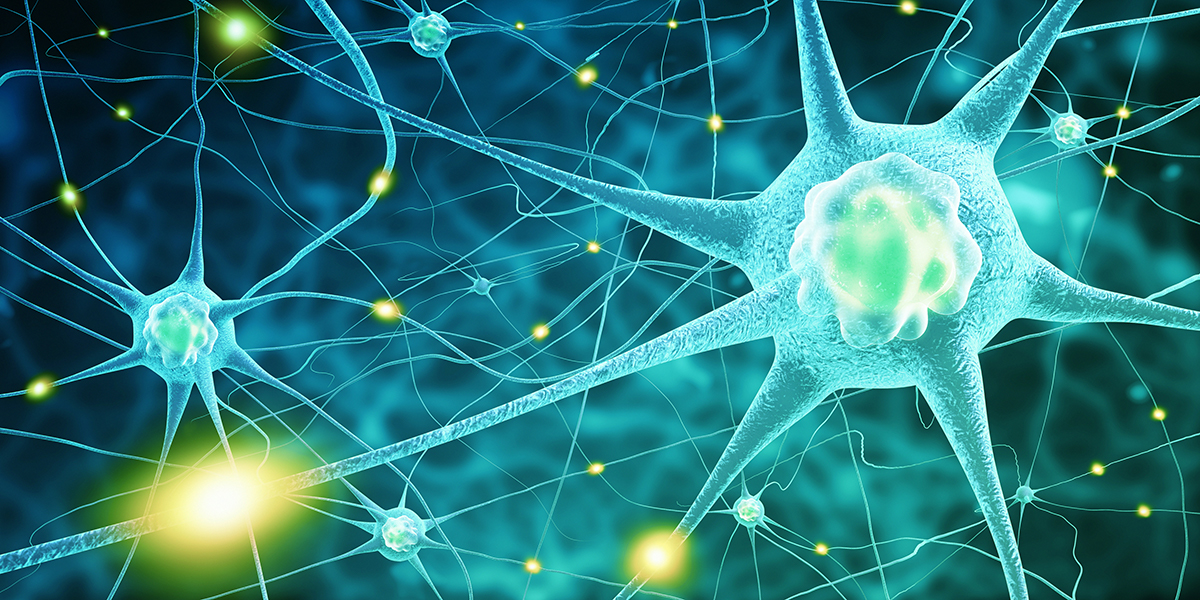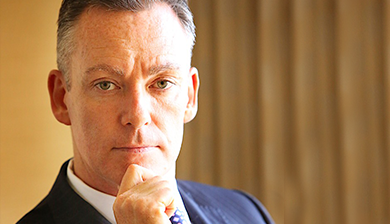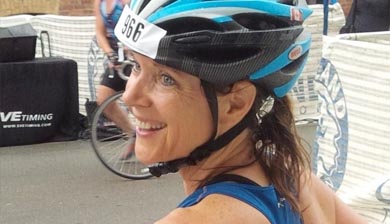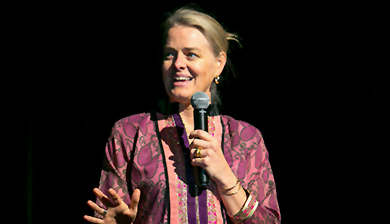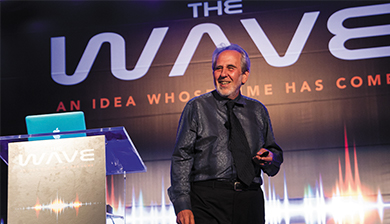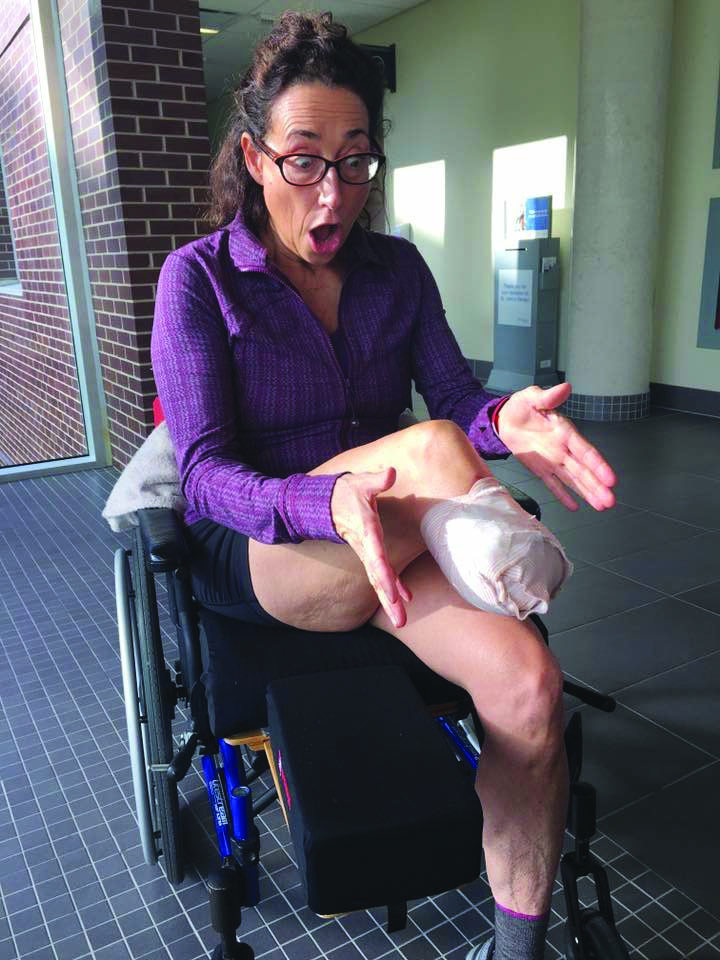In the recent issue of the Life West magazine, we talk about the term Salutogenesis and how it applies to the chiropractic model of health.
In the past issue of the magazine, Life West took a stand on the term vertebral subluxation. We wrote about why it was an important phrase in today’s modern chiropractic language, giving us both historical context as well as a way to understand, very specifically, what is happening within the spine and nervous system.
In this issue, we are talking again about the chiropractic language. Our words define us and our way of practicing. A term like Salutogenesis, which literally means the “creation of health,” provides us with an opportunity to talk about the Vitalistic chiropractic model in a way that offers vivid clarity and guidance.
At Life West, it’s a priority to educate both our students and the public about the ways in which chiropractic care can create a healthier world. By focusing on the ways in which chiropractic can not only offer a creation of health, but an ongoing journey toward optimal health, we are most certainly designing the roadmap to “Create A Brighter Future For Humanity.”
—President Ron Oberstein, Life Chiropractic College West
By Peter J Kevorkian, DC

Salutogenesis—meaning “giving birth to health”—is a term coined by Aaron Antonovsky nearly 40 years ago. Antonovsky recognized that just because a person was successfully treated for medical conditions, it didn’t necessarily mean that they were “healthier or well.”
Since the founding of our profession, chiropractors have understood that well-being is a natural and normal phenomenon, and they have promoted the fact that while a healthy body is one that is functioning properly, it is not necessarily one that is free of diagnosed conditions. In this article, I will explore the concept of salutogenesis and how it interfaces with chiropractic practice and chiropractic philosophy.
The philosophy of chiropractic is based on deductive reasoning, starting with an assertion (premise) that there are order and organization in the universe. From that “Big Idea,” we have created a profession that strives to improve the quality of life by reducing interferences to the human nervous system. The conservative faction of the chiropractic profession continuously asserts that we do not “treat” conditions; rather, we contribute to the well-being of people by adjusting spinal subluxations. This “non-therapeutic” core has always lacked a word that could describe that focus … until now. Salutogenesis may be that missing term.
Salutogenesis vs. pathogenesis
The present health care system is primarily based on a therapeutic—pathogenic—focus. Pathogenesis is the creation of disease, and case management is built upon diagnosis and treatment. However, salutogenesis opposes the theory of pathogenesis. As a new term and new concept, the application of the salutogenic approach is being defined and refined in our culture. I believe that chiropractic will be a major contributor to this health care ideology.
Antonovsky points out that there is a continuum in care from salutogenic (health-ease) to pathogenic (disease-ease). Within the pathogenic approach, the caregiver diagnoses, treats and strives to cure. In this direction, a determinant is made of what is broken or dysfunctional, and the practitioner seeks to remove or fix it. The case is managed based upon this dysfunction, and the patient is released from care once the condition is effectively treated and resolved. Within the salutogenic approach, though, a caregiver assesses how they can intervene to improve the system. Most often, the determinants for intervention are based on well-being or vitality. In this model, nothing is managed. Instead, continuous positive input is invested into the system—input that can continue for a lifetime, such as eating wholesome foods or exercising regularly. In a salutogenic model, the goal is to optimize the system and doesn’t necessarily have a predetermined endpoint.
The subluxation perception
Chiropractic philosophy is underscored with a recognition that the body is a self-healing, self-regulating organism. The goal of chiropractic intervention is not to control, manipulate or manage the body; it is to honor the life process and provide positive input (spinal adjustment) to the body to allow for ideal adaptability and functionality.
The interesting challenge on a philosophical and practice perspective is the issue of vertebral subluxation. Many chiropractors view subluxation as a diagnosis upon which we develop a treatment. On the flip side, some chiropractors see subluxation as a phenomenon that is held in the body as a result of the body being subjected to non-adaptable forces. The goal of the adjustment is not to treat or restore; rather, to free and integrate.
There are three practice approaches that the chiropractor who exclusively analyzes and adjusts subluxations can employ.
- The first is to adjust vertebral subluxations to treat diagnosed conditions. Identified as a causal factor of a disorder or disease, the subluxation is viewed as an entity that needs to be removed. This doctrine clearly fits within the pathogenic model of clinical intervention and is considered therapeutic in nature.
- The second is to adjust vertebral subluxations to restore spinal integrity, either biomechanically or neurophysiologically (or both), and is performed for the maximum adaptability of the physiology. The subluxation is perceived as a condition of the body that necessitates reversal. While the care of the person is salutogenic, the attention on the subluxation is pathogenic.
- The objective of the third approach is to impart positive input into the nervous system. The subluxation is viewed as a phenomenon. The adjustment does not “undo” the subluxation; instead, it allows the body to adapt to that force and create a greater level of ease. This type of approach is salutogenic in both how the chiropractor addresses the subluxation and how the impact of the input on the physiology is viewed.
While the perception of the subluxation differs, in all three approaches the chiropractor embraces the adjustment as the central point of care.
The SOC theory
Antonovky’s theory was based upon a person’s use of coping mechanisms under times of stress—an ability to cope that he termed as a “sense of coherence.” Sense of coherence (SOC) is his theoretical formulation that explains stress in human functioning. The higher a person’s sense of coherence, the better they can adapt to stressors. SOC has three components:
- Comprehensibility: A person’s ability to understand what is happening in their life and predict what will happen in the future.
- Manageability: A person having the skills, the support or the resources to take care of things—they are in control of their life.
- Meaningfulness: A person’s feeling or sense of worthiness and fulfillment—they care about what happens in their life.
From a philosophical standpoint, one would expect that a spine free of spinal subluxations would allow a person to have a greater sense of coherence. Research is beginning to suggest that this is true. Quality of life assessments (e.g., PROMIS-25), as well as other physiological tools (e.g., Heart Rate Variability) allow an objective measurement of SOC aspects. As one receives regular chiropractic care, there is an improved SOC.
Although there is not a clear equivalence between Antonovsky’s theories and ideas and chiropractic philosophy and logic, there are many elements that dovetail with each another.
I believe that both the health care culture and the health care consumer is awakening to a new paradigm. People are recognizing that treating a condition is only a very small piece of the well-being puzzle. Currently, more health care dollars are being spent than ever before on whole foods, organic foods, personal growth experiences, health clubs and the like. This growing trend is indicative that today’s patients understand that by providing more positive input, their bodies will function better. As such, people are ready to engage professionals to support their well-being and not just treat problems. As chiropractors, we have an opportunity to define this support with our ideals and unique service.
See Dr. Kevorkian speak about the Salutogenic model at The WAVE in August. Register now at lifewestwave.com!


